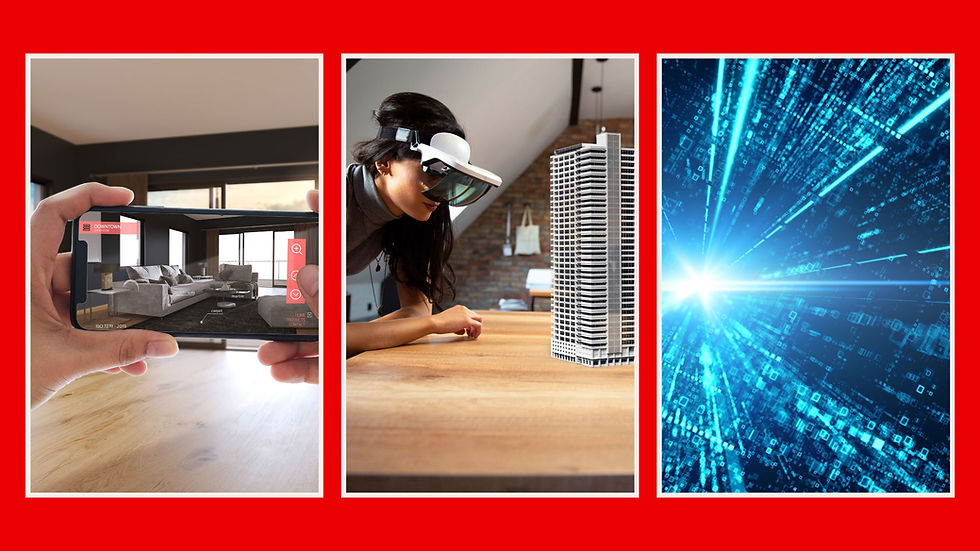Minimalism in Architecture: More Than a Trend
- maqeel
- Apr 2, 2024
- 2 min read
Updated: May 28, 2024

The world of architecture has seen numerous trends come and go, but one movement, “Less is more,” has left a lasting impression on the landscape. Minimalism design philosophy goes far beyond a mere fashion statement, offering a profound exploration of form, function, and sustainability that transcends time. At AAA Architects, we believe that this movement, with its focus on creating sustainable and enduring spaces, has the potential to shape the future of our built environment meaningfully. Let’s dive into minimalism and why it is a trend in the architectural industry.
Defining Minimalism
Minimalism is more than just selecting a particular style or look. It's a fundamental change in the way we think about things. According to an article by Gray Group International, minimalist architecture is not just about how things look but also about a way of thinking that emphasizes simplicity, efficiency, and functionality. Its influence can be seen in landmark designs and the work of visionary architects who have redefined how we design and use spaces. This design approach has had a significant impact on the way we experience the built environment.
Minimalism can be a great way to achieve sustainability. By removing unnecessary elements, their design philosophy focuses on resource efficiency and promoting environmental responsibility.
Minimalist Architecture in Practice
The simplicity and elegance of minimalist architecture have stood the test of time and continue to be a popular aesthetic choice rather than just a passing trend. According to an article by Base Architecture, minimalist architecture attracts individuals who value a style that is clear, simplified, and free of unnecessary elements. The simple designs, uncluttered areas, and use of single-color tones create an atmosphere of tranquility and organization.
Simplicity in design should not come at the cost of using low-quality materials. By choosing eco-friendly materials, architects can balance visual appeal and environmental mindfulness. Moreover, architects who practice minimalism often prioritize the idea of 'truth to materials.' This indicates that the materials utilized, whether concrete, wood, or glass, are exposed in their natural state and form to highlight their inherent qualities.
Functional Harmony of Minimalism
Minimalism in design emphasizes creating spaces that prioritize functionality and user experience. Minimalist architecture in physical settings carefully selects elements to create a welcoming and stimulating environment. This sensory symphony encourages positive emotional responses and promotes prolonged engagement. Developing versatile and minimalist structures that can be adapted to meet the changing needs of residents over time is a dynamic approach to design. As a result, these buildings can remain flexible and continue to meet the evolving demands of contemporary living.
We believe that minimalism in architecture is more than just aesthetics. It is a philosophy deeply rooted in sustainable living environments that connect to the well-being of inhabitants and the planet. In a world that values constant change, AAA Architects supports a narrative that values minimalism as a compromise and a way of creating visually stunning structures intrinsically connected to the well-being of people and the planet.






